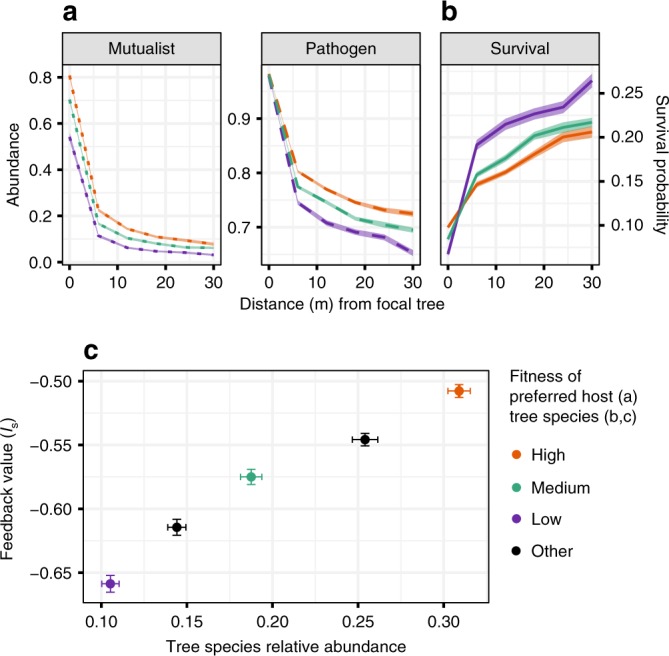Fig. 2. Spatial results from five-species simulation after 3 K time steps.

Results are shown for three (of five) species representing the most fit, least fit, and intermediate species (high, low, and medium, respectively). Plant species achieve different abundances due to differences in fecundity (the low-fitness species produces 20% fewer seeds than the high-fitness species). a Distributions of pathogens and mutualists through space with respect to the distance from their preferred host. Abundances are relative to single-species carrying capacities. b Relative survival probabilities of seedlings of each of the three focal species through space with respect to distance from a conspecific. c Correlation between host relative abundance and feedback strength, Is. Each point represents the mean final abundance and feedback strength of each species. Model parameters represent those that were most likely to show a strong positive correlation (ρ > 0.8) between host abundance and PSF according to the random forest classifier trained on data generated using particle swarm optimization. Shaded bands (a, b), and error bars (c) span mean values ± s.e.m., where n = 48 independent simulation runs. For (a) and (b), each independent value represents a mean value from a single simulation run. a shows that pathogens and mutualists are most abundant beneath their preferred hosts, and decrease in abundance with increasing distance from their host. Pathogens tend to maintain higher abundances on non-preferred hosts than mutualists. In addition, mutualists of common trees are more dominant on their preferred host than mutualists of rare hosts. Pathogens of common hosts maintain higher abundances on non-preferred hosts than pathogens of rare hosts, whence (b) common hosts are less likely to survive beneath heterospecifics than rare hosts. c As a result of the spatial distributions of survival probabilities driven by microbes, common trees experience less negative feedback than rare plants.
